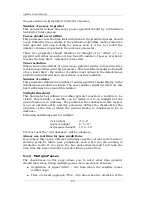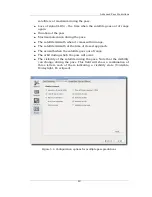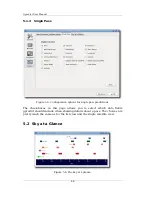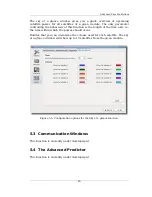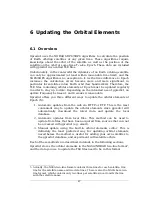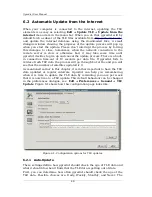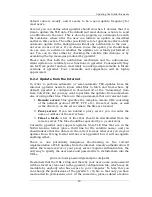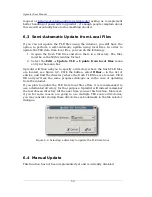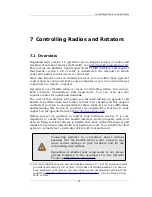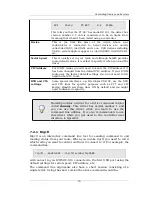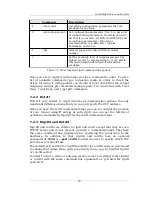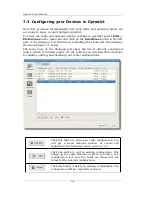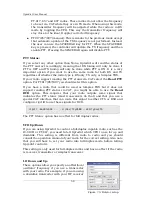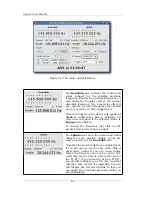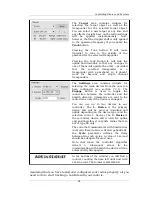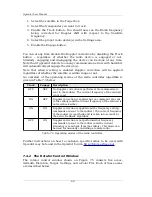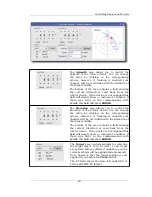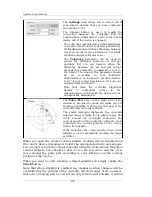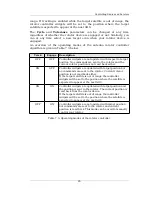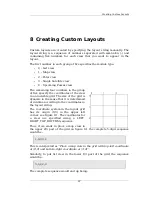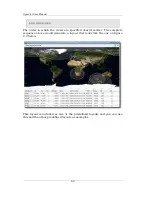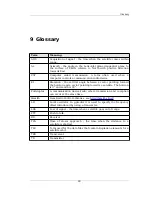
Controlling Radios and Rotators
Note that any changes you make will not take effect until you press the
OK
button. In case you
Cancel
the Preferences dialogue, any changes you may
have made to your radio and rotator settings will be reverted to the state
before you opened the Preference dialogue.
You can configure as many radio and rotator devices as you have or want;
you will always be able to choose one specific device to use in a given
situation during runtime.
7.3.1 Radio Configuration
Configuring a radio device is very simple, see Figure 7.4. The four fields
that are required are explained below.
Name:
A unique name for the configuration. You can use alphanumeric characters
as well as underscore and minus.
Host:
The host name or IP address of the computer
to which your radio is connected to. If this is
the same computer on which gpredict is
running you can enter localhost.
Port:
The port number where rigctld is listening.
By default rigctld uses port 4532.
Radio type:
The type of this radio.
●
RX only: The radio should only be used
as receiver. This is useful if you have a radio where the TX frequency
can not be adjusted via the CAT interface (e.g. Yaesu FT-817).
●
TX only: The radio should only be used as transmitter. This option is
only useful if you have a radio that is dedicated for uplink.
●
Simplex TRX: The radio should be used for both reception and
transmission but only one at a time. This option is useful for
transceivers that can work in split mode and where the frequency
can be adjusted via CAT regardless of whether you are in RX or TX
mode. For this option to work it is a prerequisite that Gpredict can
read the PTT status via CAT.
●
Duplex TRX: The radio is a full duplex radio, such as IC-910H, FT-
847 or TS-2000.
●
FT817/857/897 (auto): This is a special mode specific for the YAESU
57
Figure 7.2: Radio setup.
Содержание Gpredict 1.2
Страница 1: ...Updated for Gpredict 1 2 by Alexandru Csete OZ9AEC Gpredict User Manual ...
Страница 5: ......

